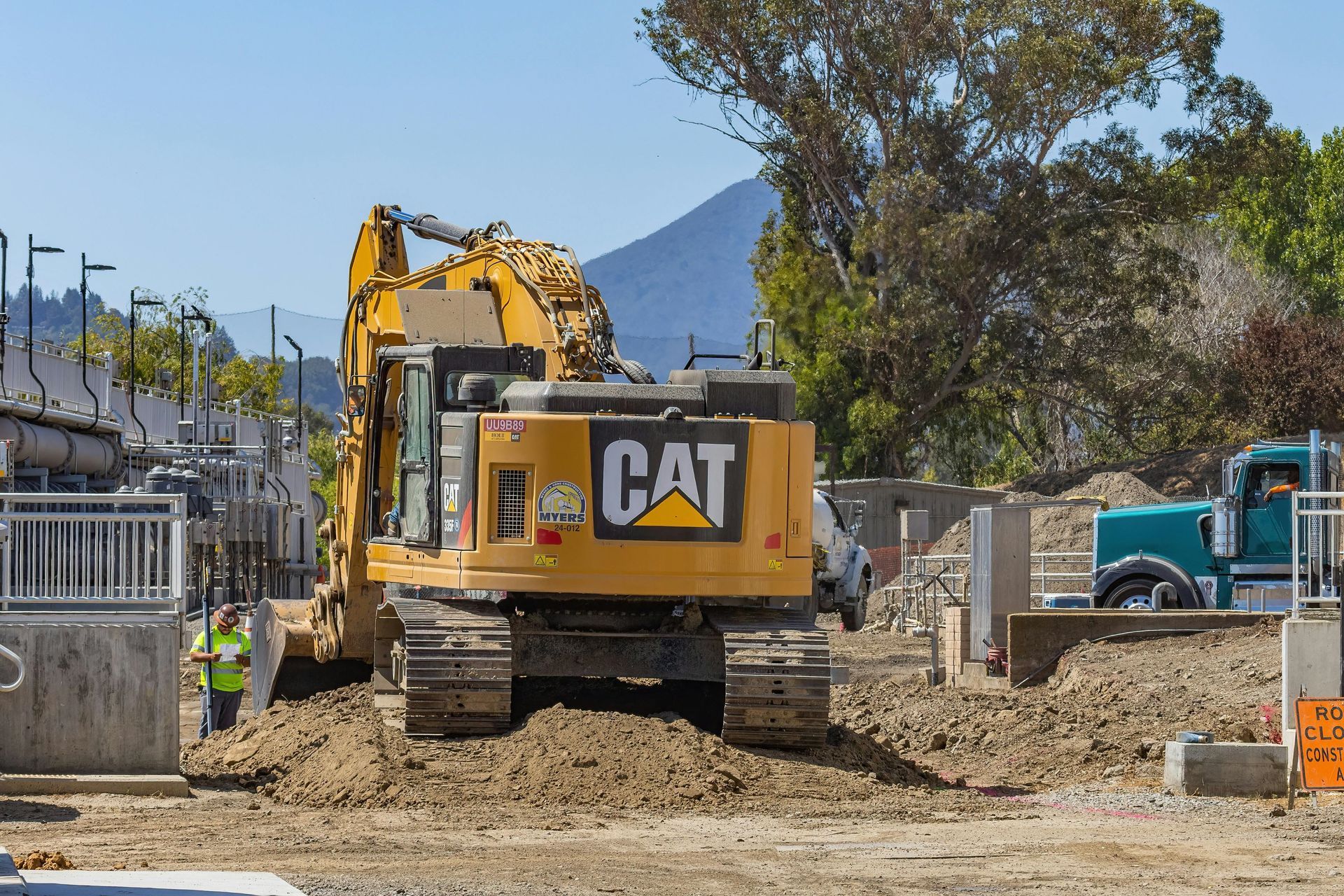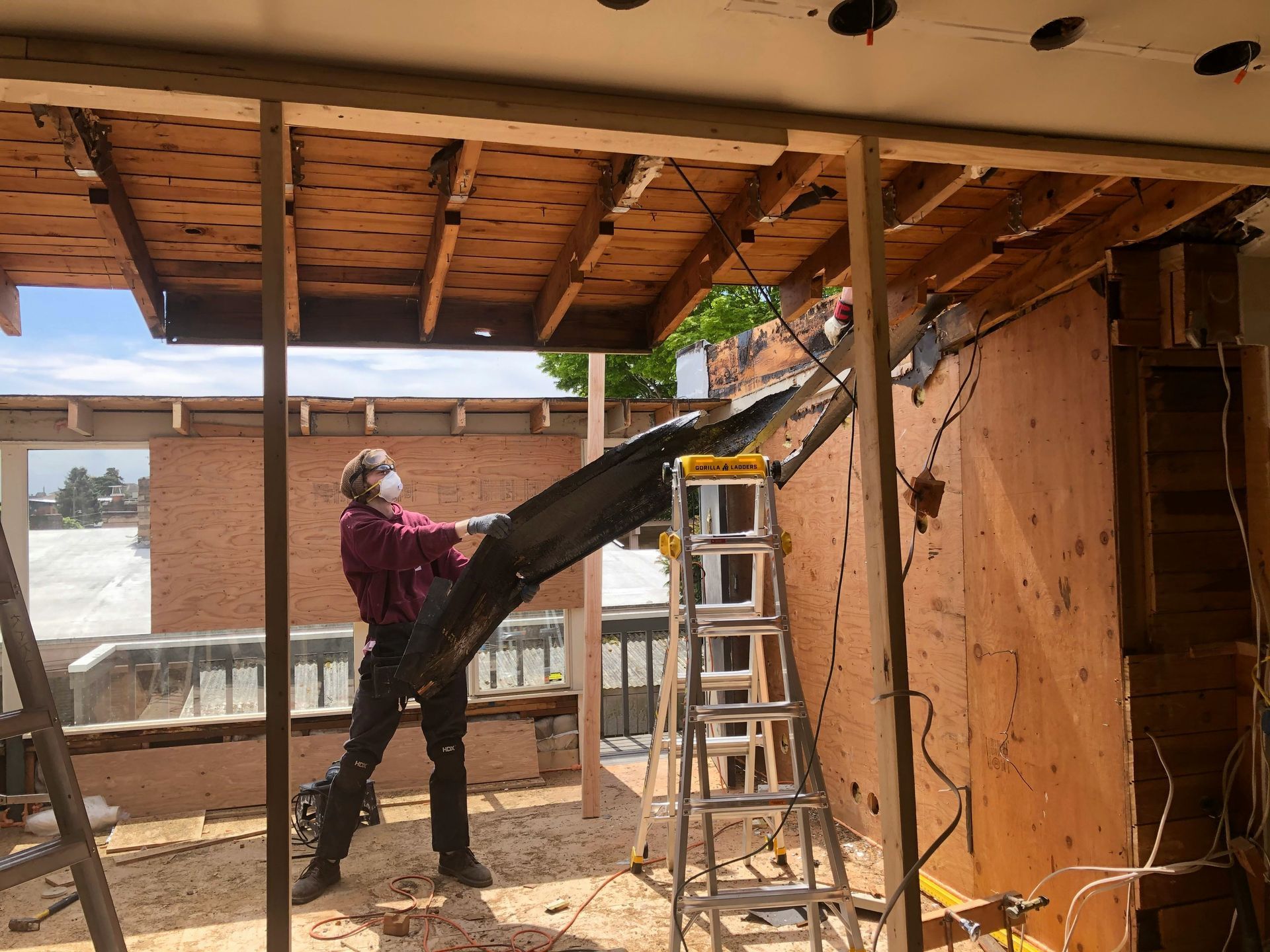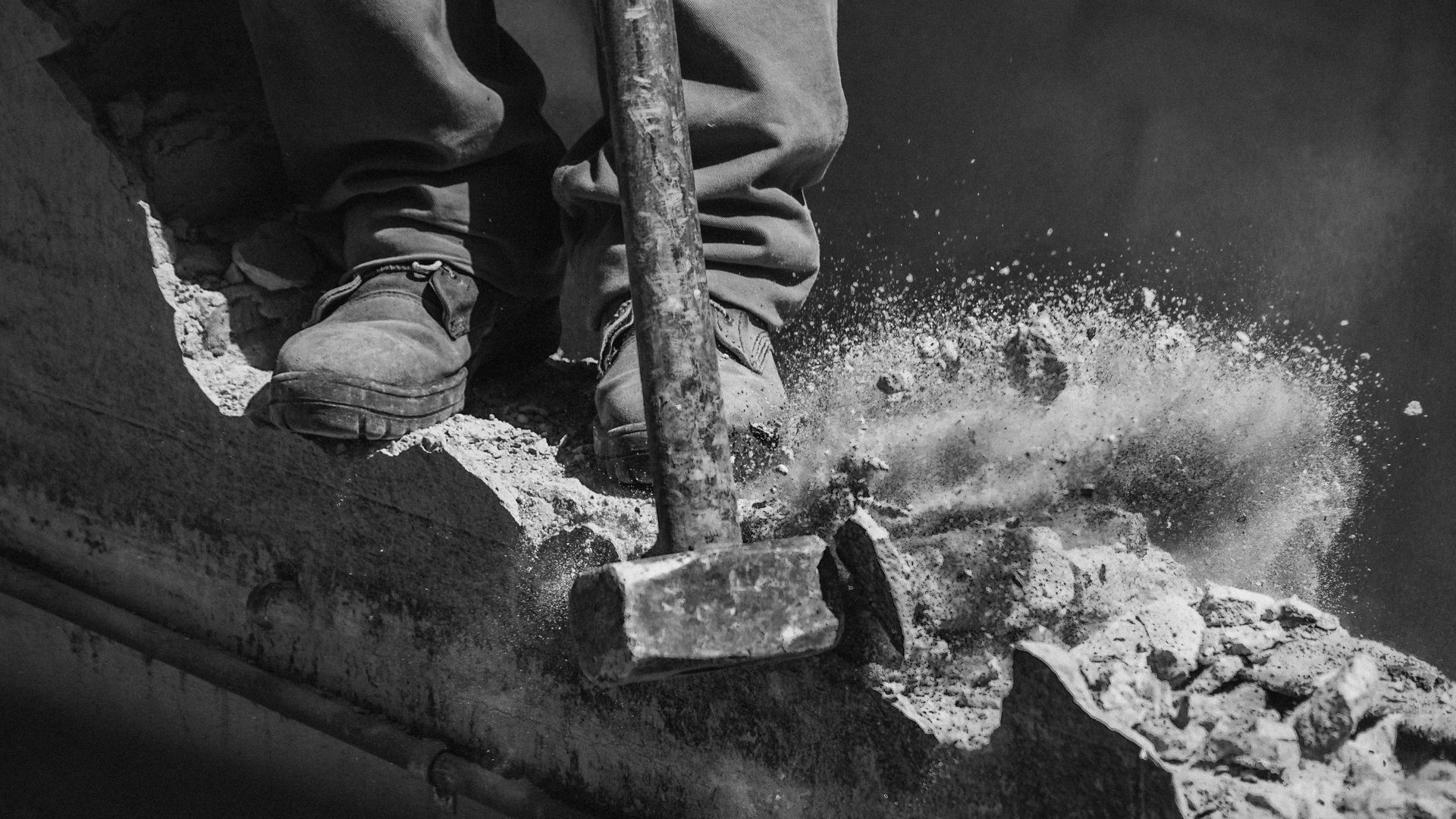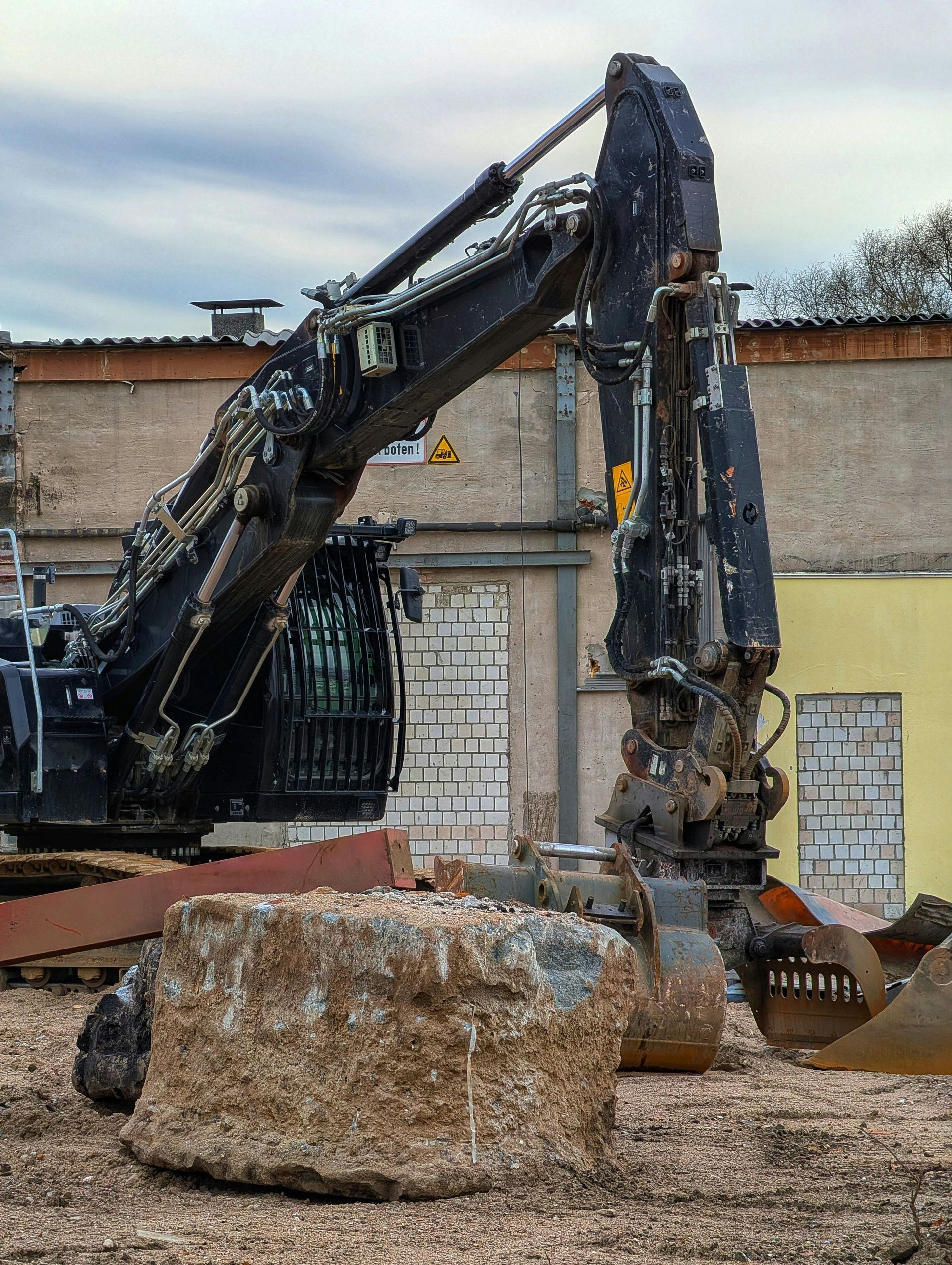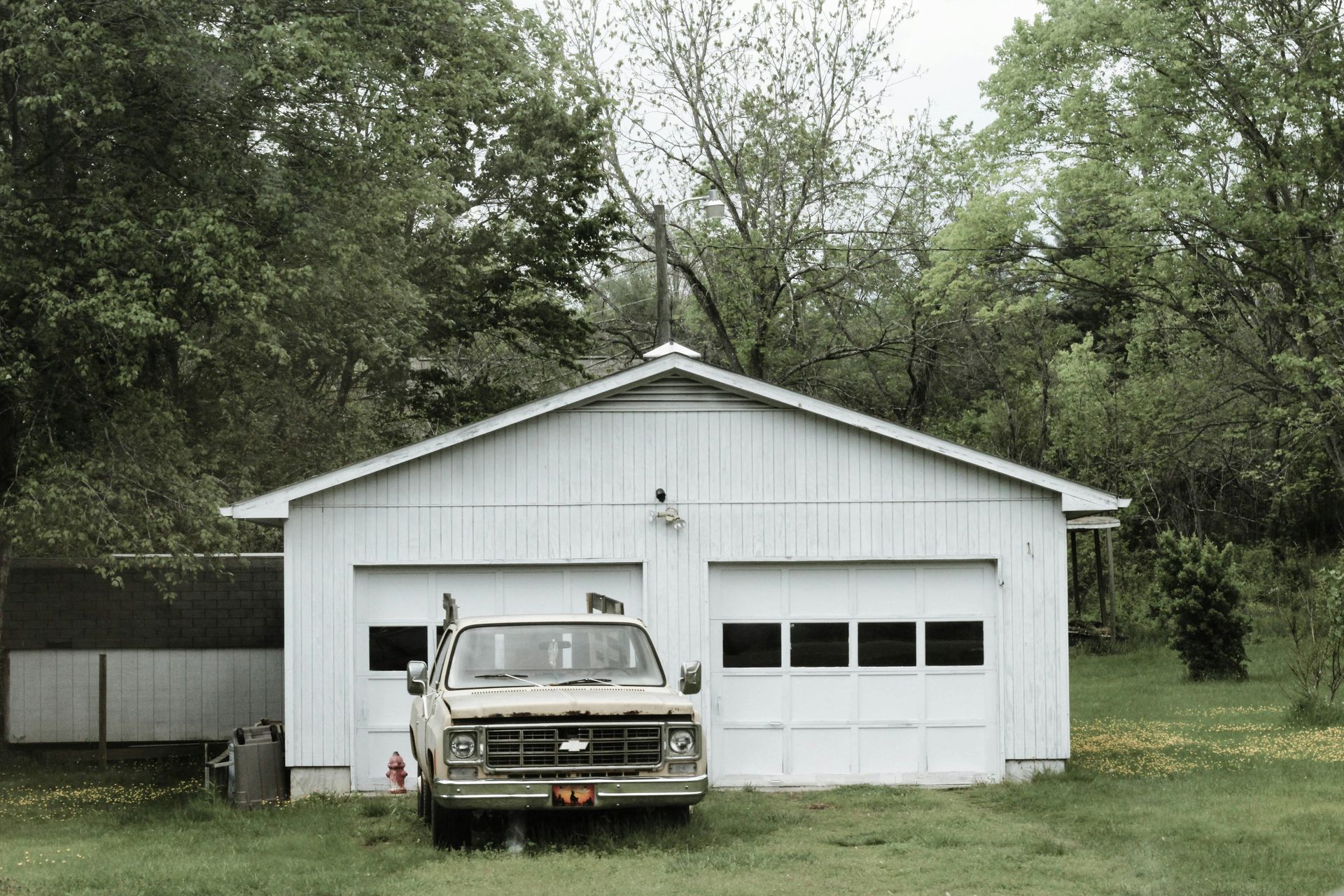What to Expect During a Demolition Site Inspection
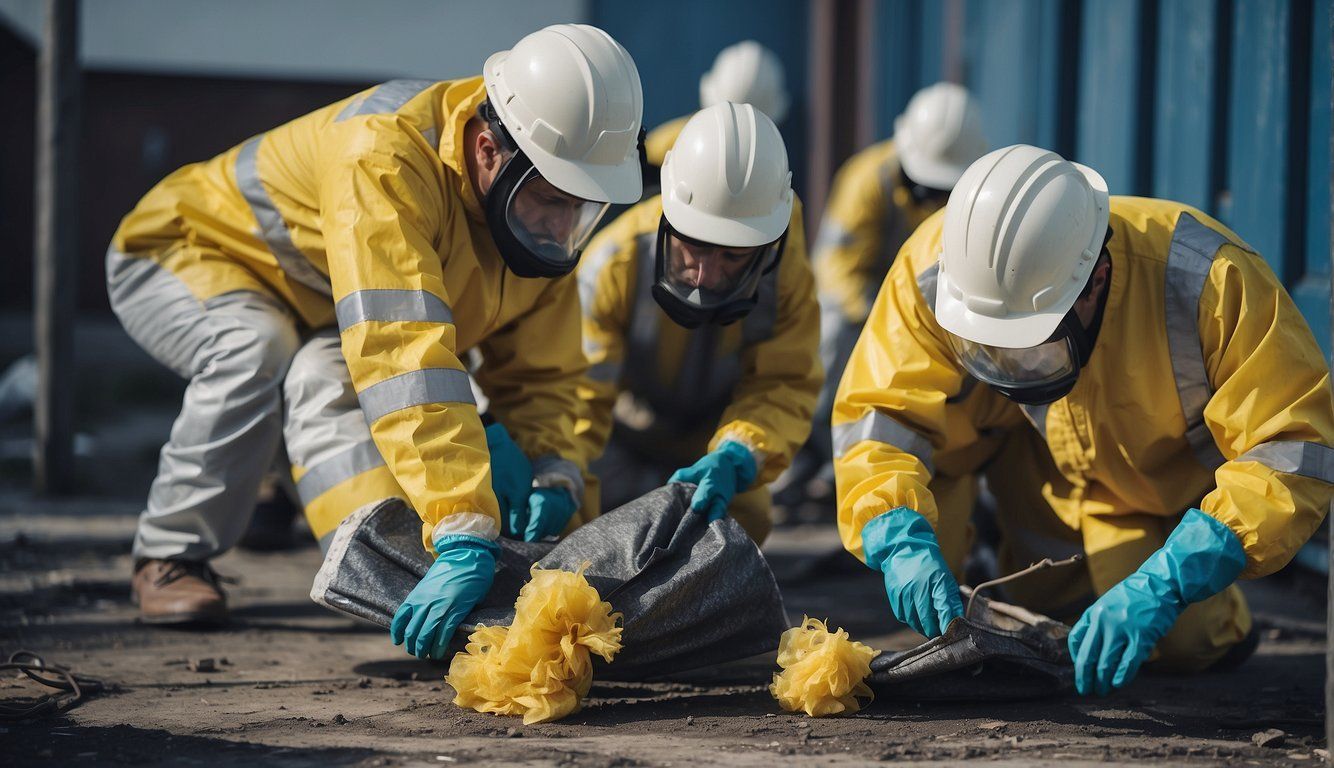
Before the first wall comes down, a critical step in any demolition project is the site inspection. Whether you're tearing down a house, a garage, or a commercial building, a demolition site inspection helps ensure the project can proceed safely, legally, and efficiently.
In this post, we’ll walk you through what happens during a demolition site inspection and why it's so important to your project’s success.
Why a Site Inspection Is Necessary
A demolition site inspection is conducted to:
- Evaluate safety risks
- Determine environmental concerns
- Identify structural and utility conditions
- Verify zoning and permit requirements
- Plan for debris removal and equipment access
This process helps your demolition contractor create an accurate estimate, timeline, and strategy for your project.
What Inspectors Look For
Here are the key elements typically reviewed during a demolition site inspection:
1. Structural Assessment
Inspectors will assess the type and condition of the structure to determine the safest demolition method. They'll look at:
- Building materials (wood, brick, concrete, etc.)
- Overall stability and signs of damage
- Roof structure and load-bearing walls
- Potential for collapse during demolition
2. Asbestos and Hazardous Materials
If the structure is older (especially pre-1980), an environmental inspector may check for:
- Asbestos
- Lead-based paint
- Mold
- Contaminated soil or underground storage tanks
These materials must be professionally removed before demolition can begin.
3. Utility Mapping
Inspectors will confirm that all utilities—electricity, water, gas, sewer, internet—are disconnected. If they’re still live, they’ll advise on proper shut-off procedures to avoid hazards.
4. Site Accessibility
The inspection includes evaluating:
- Equipment access (can machinery reach the structure?)
- Street access and traffic concerns
- Proximity to neighboring structures or properties
- Overhead wires or underground lines
5. Permit and Zoning Compliance
Inspectors may check if:
- Proper demolition permits are obtained
- The project complies with zoning regulations
- There are any historic preservation protections
- Neighboring properties require notification
6. Environmental Considerations
If your property is near wetlands, storm drains, or protected areas, inspectors will assess any special requirements to prevent runoff or contamination.
How to Prepare for the Inspection
To make your inspection go smoothly:
- Clear access points around the structure
- Provide building plans or records if available
- Be ready to discuss your demolition goals
- Notify your demolition contractor of any known hazards
What Happens After the Inspection?
Following the inspection, you’ll receive:
- A report or checklist of required actions
- Hazardous materials findings (if applicable)
- Recommendations on demolition methods
- An updated project estimate and timeline
You’ll also get confirmation on next steps, such as scheduling utility disconnections, securing permits, or beginning hazardous material removal.
Final Thoughts
A demolition site inspection is much more than a formality—it's a crucial step that protects people, property, and the environment. It sets the foundation for a successful and legally compliant demolition project.
By knowing what to expect and working with a reputable demolition contractor, you’ll be better prepared to move forward with confidence.


